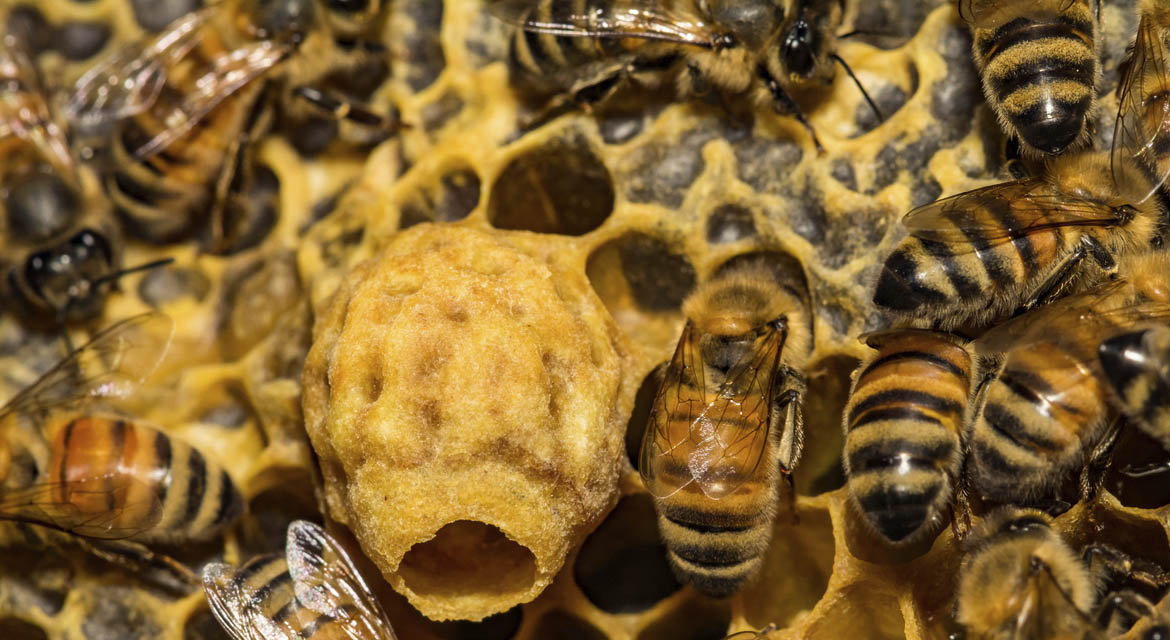Bee Facts & Information
Overview of Bees
Bees, fascinating and industrious insects, play a vital role in our ecosystem. Belonging to the order Hymenoptera, these tiny creatures are renowned for their complex social structures and exceptional pollination capabilities. Bees are divided into thousands of species worldwide, but the honeybee is perhaps the most well-known, thanks to its production of honey and crucial role in agriculture. Bees are characterized by their distinct body structure, with two pairs of wings and branched body hairs for collecting pollen. Within their colonies, bees have a hierarchical society with a queen, worker bees, and drones, each with specific roles. Their primary function in nature is pollination, which enables the fertilization of flowering plants and the production of fruits, vegetables, and nuts that comprise a significant portion of our diets. However, bees face numerous challenges today, including habitat loss and pesticide exposure, making their conservation and protection more critical than ever.
What do Bees Look Like?
Bees are insects known for their distinctive appearance. They typically have a compact, segmented body that consists of three main parts: the head, thorax, and abdomen. Their bodies are covered in fine, branched hairs, giving them a fuzzy or furry appearance. Bees come in a variety of colors, with yellow and black being the most common, though some species may be brown or even metallic in color. They have two large compound eyes on the sides of their head, which are often black or dark brown. Bees also have two antennae that are important for sensing their surroundings. One of the most notable features of bees is their wings; they have four transparent, membranous wings that are often longer than their bodies. Additionally, many species of bees have a stinger located at the end of their abdomen, which is used for defense. Overall, the appearance of bees can vary depending on their species, but they are generally recognized by their robust, hairy bodies and distinctive winged structure.

Not the pest you are looking for?
Check out our pest library to see what other pests we have articles on
Bee Treatment
Treating bees, especially in the context of interacting with them in your garden or if they pose a potential threat, requires a gentle and cautious approach. If you encounter bees and want to avoid stings, it’s essential to remain calm and move slowly. Quick, erratic movements can agitate them. If a bee lands on you, resist the urge to swat it; instead, try to blow gently to encourage it to fly away. If you discover a bee’s nest or hive in an unwanted location on your property, it’s advisable to contact a local beekeeper or pest control professional to safely relocate or manage the bees. Honeybees, in particular, are crucial for pollination and should be preserved whenever possible. Never attempt to remove a hive or nest yourself, as it can be dangerous and potentially harm the bees. The key to treating bees respectfully is to coexist harmoniously and seek expert guidance when necessary to ensure the safety of both humans and these essential pollinators.

